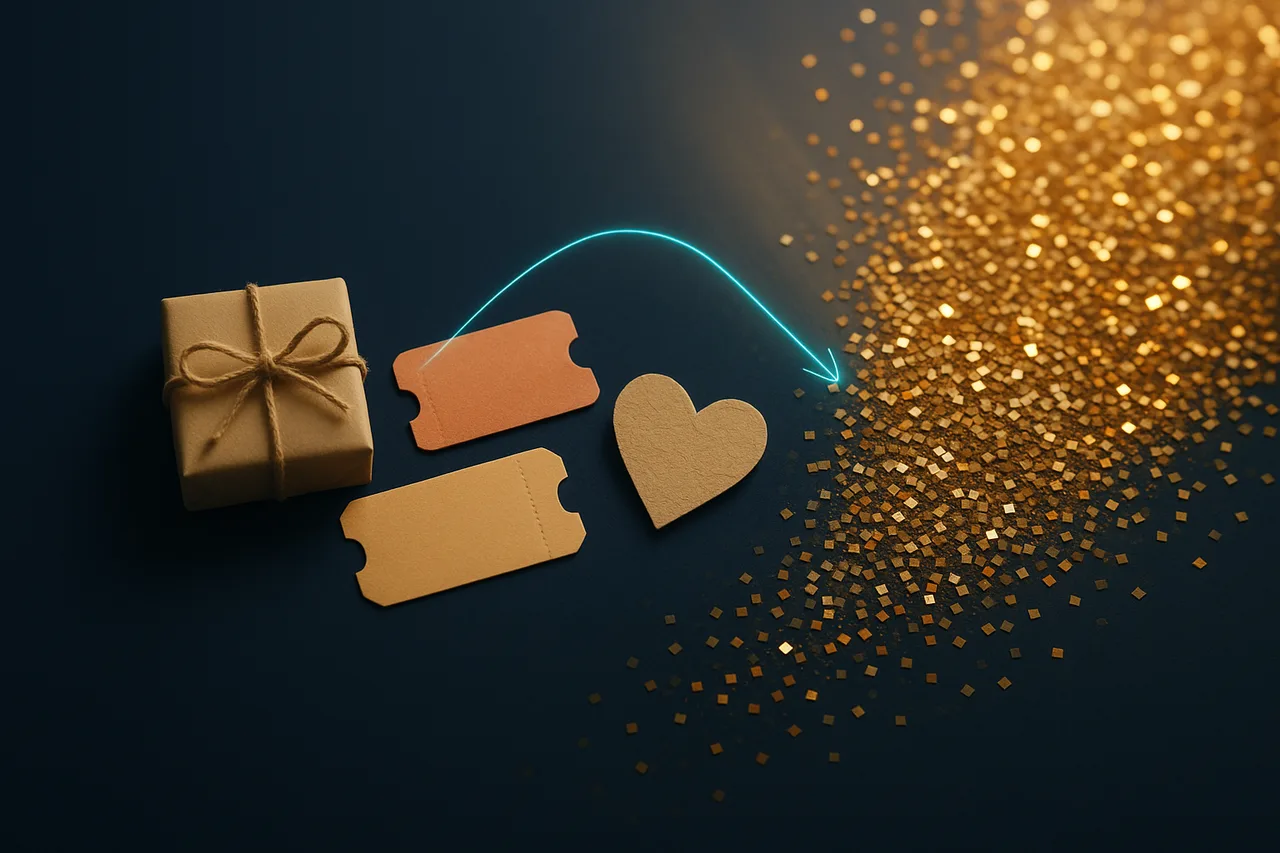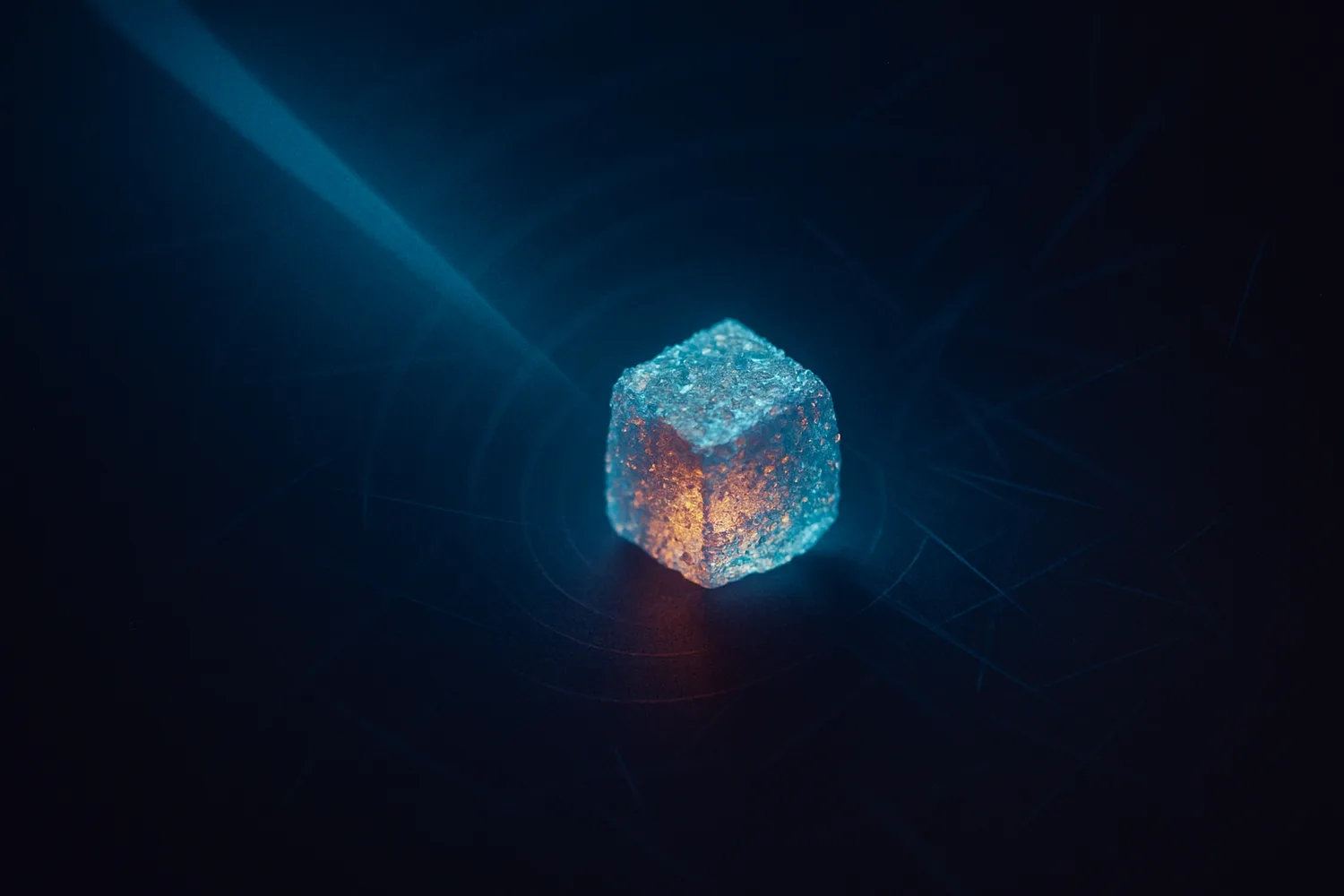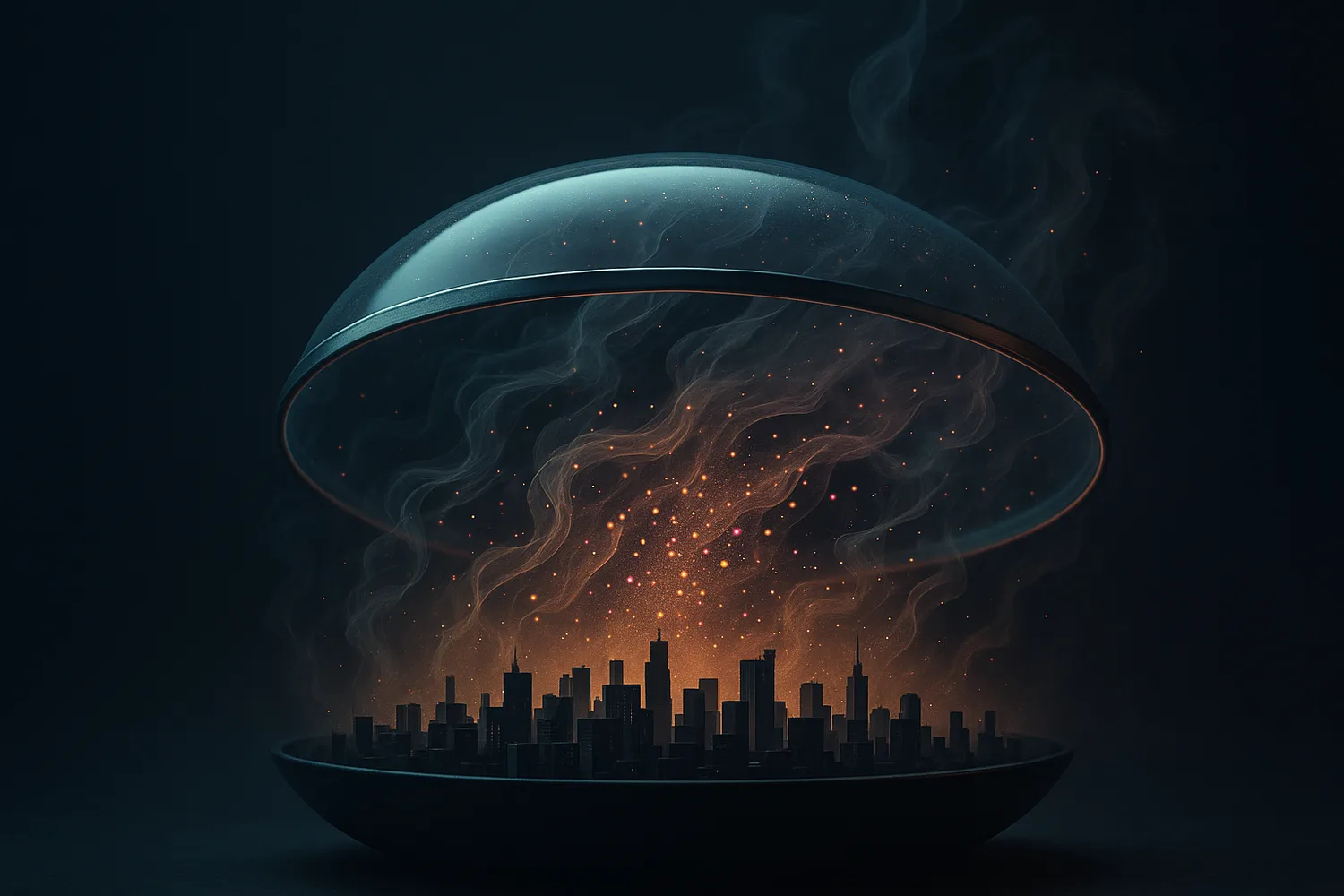
Hands, feet, eyes, nose, scars, birthmarks, moles, and fingerprints: all are features (along with many others) that many of us possess. No two people will ever find that they share the exact same nose for instance. Things might look similar but will never match up exactly. We use these features to identify one another: Brenda has blue eyes but Danni has brown eyes, Tristan has a scar above his right eye, Linda has pretty big feet, etc. But how exactly do our fingerprints identify us? Do we all just have the same swirling lines on our fingertips?

The answer is no. We don’t all have the same swirling lines on our hands. Every person has a very unique and specific pattern to his or her fingerprints. Just like all other feature no two people will have the same fingerprint. This is why fingerprinting is such a great way to find and identify people. Although fingerprints are unique there is definitely an inheritable quality to them. But lets not get ahead of ourselves yet, first the little swirls that are on our fingertips and hands are actually labeled as friction ridge skin or FRS, FRS also covers our feet. The ridges and furrows that are arranged in our FRS are permanent and like stated before, unique to every individual. Even if you are an identical twin, no two people in the world share the same FRS. The FRS on our fingertips is what we call our fingerprints.
Three pattern types actually can classify the whirls, swirls, and twirls of our fingerprints: whorl, loop, or arch. An individual can posses one, two, or all of these pattern types in the makeup of his or her fingerprints. Whorls are the ridges that are circle a central point, loops are ridges that enter and curve from one side of the finger only to exit from the same side, arches are the ridges that rise (arc) from one side of the finger to the other side of the finger. Along with these three patterns, a fingerprint contains minutiae, which is the details of the ridges. Ridges have different paths; there are breaks or even forks in ridges that need to be studied for identification purposes. A person will not be able to be identified with the pattern type alone the minutiae must be considered as well.
We can inherit patterns but in no way can we inherit the minutiae, and this is why fingerprints are unique to each person. The major features of the minutia of our ridges are ridge ending, bifurcation, and dot (also known as short ridge). A ridge that is bifurcated is when a single ridge splits into two; think of the letter ‘Y’. Ridge endings are exactly that: where the ridge ends. Finally dots are like little dashes.

These are the most important elements of fingerprints and being able to use fingerprints for identification purposes. So the next time you are feeling down and not special just look at your fingertips and know that you’re one of a kind.
You may also like

Why Holiday Shopping Looks Different in 2025

Fentanyl Called a WMD: What Changes Now?

How Delhi's Winter Smog Takes Over

When School Depends on the Air Outside

Why Plumbing Might Outlast the AI Revolution
